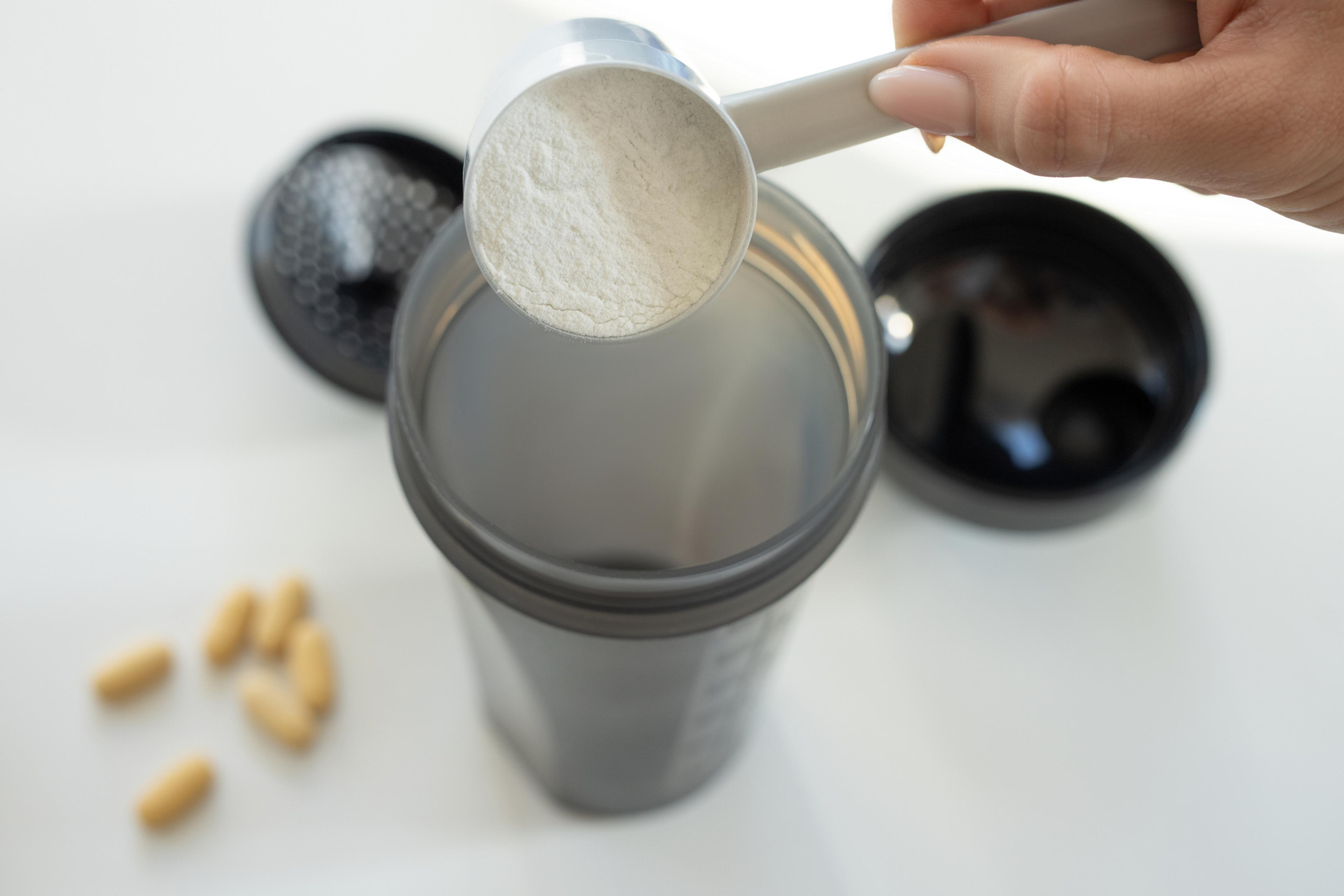Does flavored milk do a body good too?
Guest Blogger
| 3 min read

Confronted with a flavored food fight around the dinner table? There’s good news for milk-loving moms (and dads): flavored milk has less sugar and calories then you might think! And health professionals agree, including flavored milk in your child’s diet does more nutritional good than harm. Here’s why:
MILK: NUTRIENT-RICH FOOD
Both the Dietary Guidelines and MyPyramid emphasize the importance of choosing nutrient-rich foods. Nutrient-rich foods provide the most vitamins, minerals, and other nutrients with relatively few calories. Milk-whether it’s white, chocolate or even strawberry – is considered nutrient-rich because it is packed with nine essential nutrients that are important for kids’ health. These nutrients include calcium, potassium, vitamin D and protein, which help build healthy bodies and strong bones in growing children. Milk’s nutrient-rich package is difficult to find in other foods that are as affordable or appealing.
WHAT SCIENCE SAYS
Recent studies have shown that children who drink flavored milk actually drink more milk overall and have better quality diets (more calcium, vitamin D and potassium- nutrients many kids don’t get enough of). Additionally, children who consume milk, flavored or plain, tend to consume fewer sweetened beverages and more often maintain a healthy body weight. Maintaining a healthy body weight is especially important for decreasing the risk of obesity and type 2 diabetes. Banning flavored milk could have the opposite affect-placing children and adolescents at risk for nutrient deficiencies and weight gain.
NATURAL VS. ADDED SUGAR
There are two types of sugars found in flavored milk: natural sugar (lactose, found in all milk) and added sugar (usually high-fructose corn syrup). Although eating too much of any food will lead to weight gain, the amount of high-fructose corn syrup in flavored milk are much lower than amounts found in typical soda beverages and sweetened fruit drinks. One cup of flavored milk usually contains two to four teaspoons of added sugar; sodas and fruit drinks contain up to nine teaspoons of added sugar. These extra calories from sugars in flavored milk are small in numbers relative to the amount of essential nutrients children receive.
BENEFITS OUTWEIGH RISK
Today, there are a variety of choices of milk in grocery stores that are low-fat or fat-free, and the majority of flavored milk is at or below 150 calories. Rather than eliminating or banning foods from your child’s diet, try to focus on providing nutrient-rich foods, like flavored milk, to ensure your child gets the nutrition he/she needs to perform their best. Besides, nutrition is not nutrition unless a child consumes it. And from what we’ve learned, kids are drinking flavored milk.
References
1. “Flavored Milk.” Dairy Council of California. Dairy Council of California, 12 April 2011. Web. 19 April 2011.
< http://dairycouncilofca.org/Milk-Dairy/MilkFlavor.aspx>.
2. Johnson, Rachel K., Carol Frary, and Min Qi Wang. “The nutritional consequences of flavored-milk consumption by school-aged
children and adolescents in the UnitedStates.” Journal of the American Dietetic Association. 102.6 (June 2002): 853-856.
This guest post is from Katie Serbinski, a registered dietitian who tweets healthy tips and tricks @katieserbinski. She works as a nutrition and health communications consultant for various food industry organizations and small businesses.
Photo credit: seasmoked





